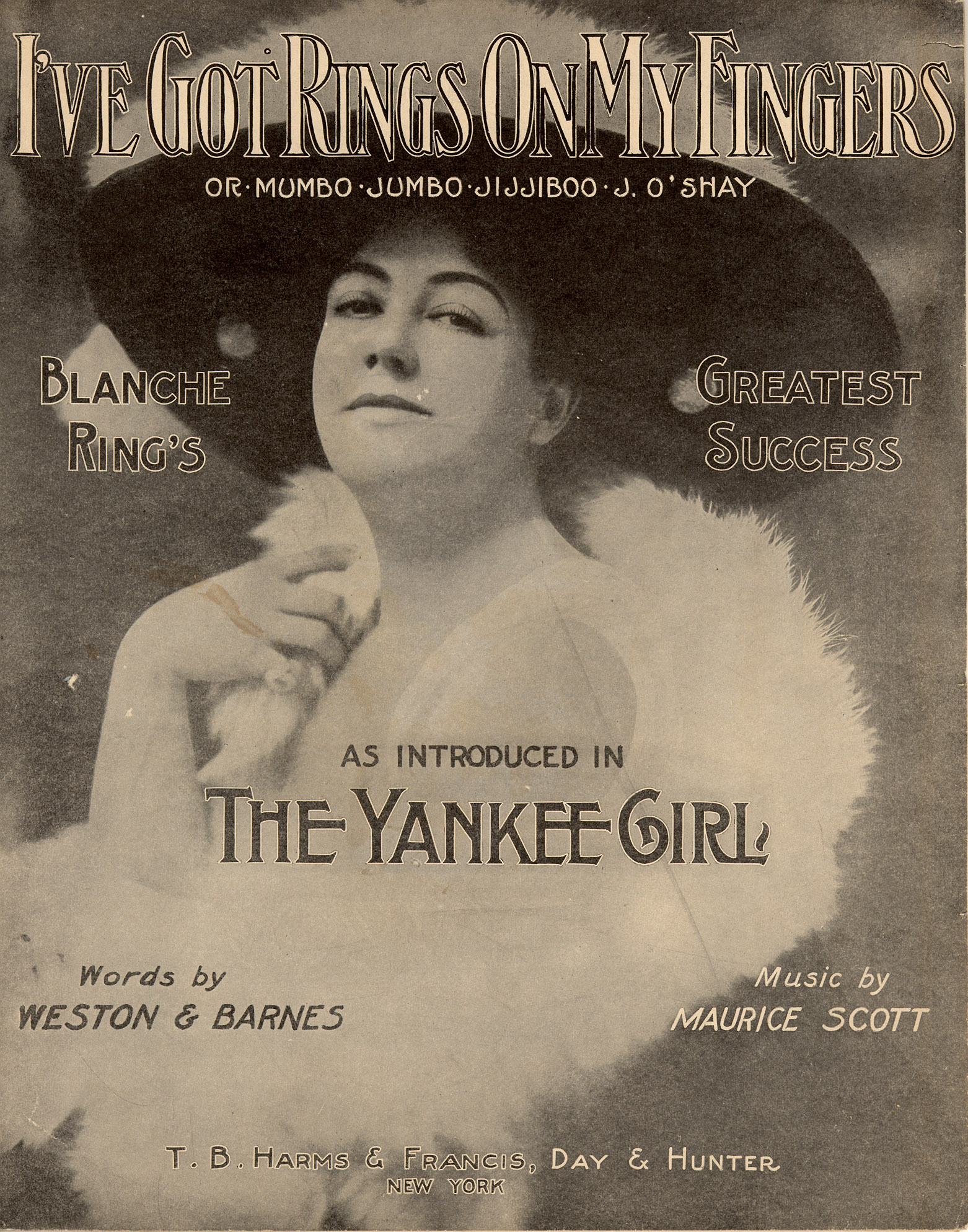Now, let me tell ya, I been hearin’ folks hummin’ that old song, “Rings on her fingers and bells on her toes,” for as long as I can remember. It’s one of them tunes that don’t never seem to fade away, like a good ol’ country hymn that keeps goin’ round and round. Now, I ain’t no fancy music expert, but I reckon this song, it tells a story about a fine lady who wears them shiny rings on her fingers and them tinklin’ bells on her toes. It’s a simple thing, but somethin’ in it just catches the ear, don’t it?
Well, I reckon you might be wonderin’, where does this whole thing come from, huh? Some of you young’uns might think it’s just a nursery rhyme, somethin’ to sing to your little ones before bed, but let me tell ya, it’s got a bit of history to it too. The song itself is all tied up with an old rhyme called “Ride a Cock-Horse to Banbury Cross.” Now, that’s a long name for somethin’ so simple, but don’t let it fool ya. It’s just about ridin’ a horse—one of them high-spirited ones, like a cock-horse—over to Banbury Cross to see a lady sittin’ pretty on a white horse. And, of course, she got them rings and bells, showin’ off all her fine jewelry.

Now, why does she wear rings on her fingers and bells on her toes? I reckon that’s to show she’s a lady of high rank, someone who’s got the best of the best. Them rings, they sparkle in the sun like the morning dew on a field, and the bells, well, they jingle every time she takes a step, lettin’ everyone know she’s comin’. I suppose it’s like when folks show off their fancy boots or a shiny new hat. It’s all about lettin’ the world know you got somethin’ worth talkin’ about.
Folks say this song dates back to around the 15th century, so you know it’s been around for a long time. Back then, “cock-horse” didn’t mean nothin’ like what we think of today, no sir. It was just an old term for a lively horse, one that wasn’t afraid to pick up the pace. And I reckon that horse was mighty good at carryin’ folks to Banbury Cross, where they could see that fine lady. The song’s got a charm to it, don’t it? It’s simple, but it’s got a little story to tell, one you can hum while you’re doin’ the chores or sittin’ by the fire.
Now, I ain’t gonna leave ya hangin’ without tellin’ ya more. The Banbury Cross itself, it’s an important part of the song. See, it was built in 1859 to celebrate the wedding of Queen Victoria’s daughter. Now, that’s a big ol’ deal, ain’t it? They wanted a monument to honor the royal wedding, and so they put up Banbury Cross. I reckon folks in the town felt mighty proud to have somethin’ like that standin’ tall, celebratin’ a royal occasion. They say the cross is a symbol of a good, strong community, just like how that lady in the rhyme was a symbol of beauty and grace.
And while we’re talkin’ about it, I reckon that whole rhyme and its words have had folks wonderin’ for years. Why did the lady in the rhyme have bells on her toes? Was it to show off? Was it to make a sound? Maybe it’s just a way to make the song fun, with them bells jinglin’ away like music, followin’ her wherever she goes. Ain’t nothin’ like a good tune to lift your spirits. And I reckon that’s what this old rhyme does—it brings a little joy, no matter how old you are.
There’s somethin’ real special about old rhymes like this. They’ve lasted all these years for a reason. They tell stories, pass down traditions, and keep on goin’, just like the rings on her fingers and bells on her toes. I suppose it don’t really matter if you’re a queen or just a regular lady—everyone’s got their own sparkle, their own sound. And if you listen closely, you might just hear it jinglin’ along, every step of the way.
So next time you hear that song, “Rings on her fingers and bells on her toes,” just remember: it ain’t just a rhyme. It’s a little piece of history, a little piece of joy, and a whole lotta sparkle all rolled into one.

Tags:[Rings on her fingers, Bells on her toes, Ride a Cock-Horse, Banbury Cross, Nursery rhyme, History of nursery rhymes, Traditional songs, Old songs, Classic rhymes, Historical songs]